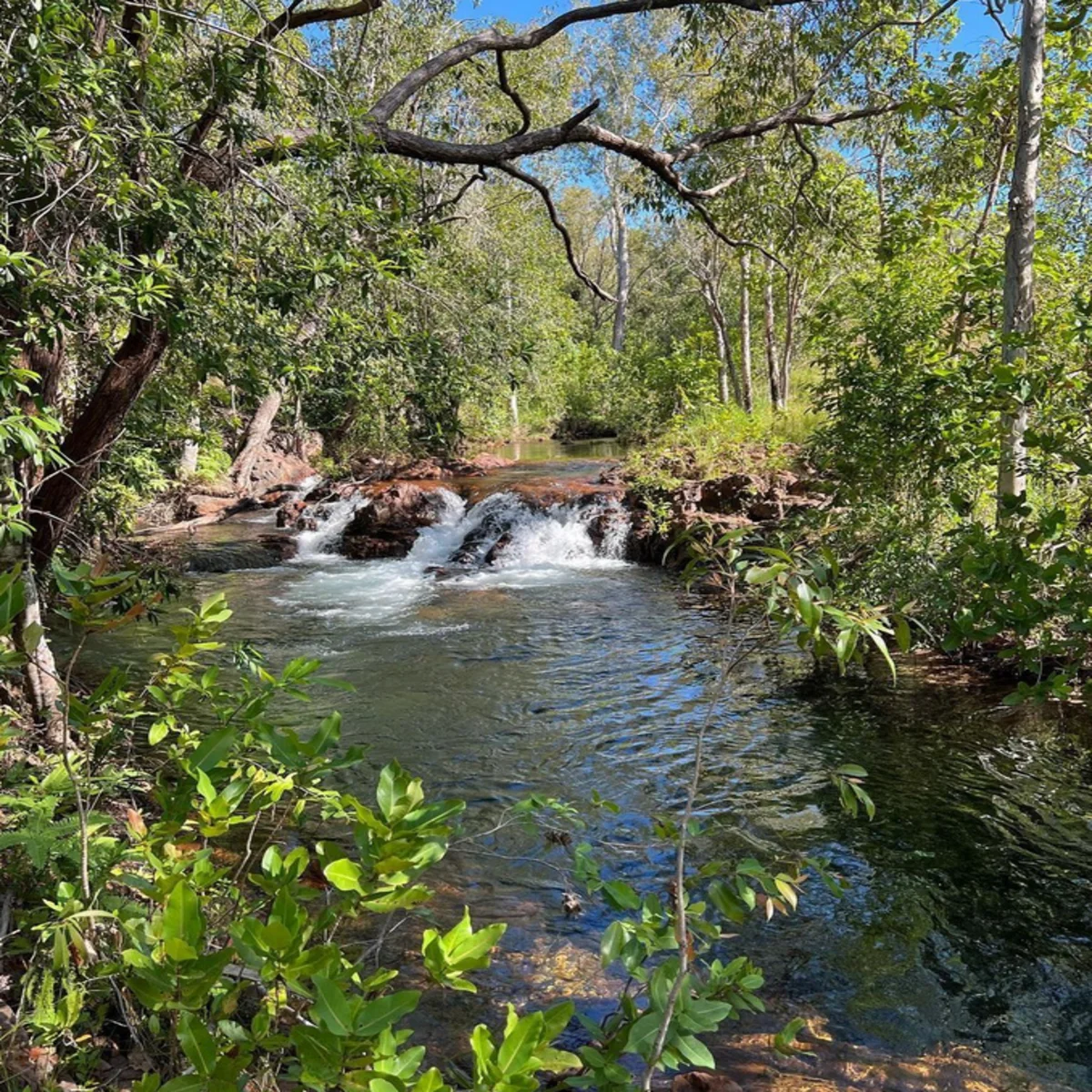Lichfield National Park

A guide to Australia, where you can feel the breath of the earth.
Australia has a total area of 7,692,024 square kilometres. As it is about 20 times the size of Japan, the climate varies greatly between north and south, east and west, and coastal and inland areas.
The North Coast near the equator has a tropical climate mainly divided into two seasons: the rainy and dry seasons. Still, the area around Darwin, the capital city in the northern part of the Northern Territory, experiences average annual temperatures. Temperatures are 25-32°C for most of the summer. During the rainy season, humidity often exceeds 80 per cent.
The northern part of the Northern Territory in Australia is called the “Upper Area”, and because seasonal winds from India and Indonesia influence its location, it has monsoon climate characteristics similar to some countries in Australia.
A lush forest nurtured by the monsoons
About an hour’s drive from Darwin is Lichfield National Park, a park with abundant water and forests heavily influenced by the monsoon. The park covers an area of approximately 1,500 square kilometres. It is a convenient picnic spot for Darwin residents and a popular place to swim in the crystal-clear water during the dry season.
In the national park, the large amount of rainfall that falls during the rainy season forms many rivers, and one after another, there are many waterfalls, large and small. The park’s biggest attractions are the tiered small waterfalls known as cascades and the dynamic waterfalls tumbling down cliffs, but you can’t miss the forest surrounding them. The water from the falls always creates a fine mist along the shore, making the surrounding plants lush and lush all year round, creating a beautiful rainforest.
The 5 best waterfalls in Lichfield National Park
- Waterfalls
- Florence Falls
- Wangi Falls
- Buley Rockhole
- Tolmer Falls
- Tjaetaba Falls
Join the organised Litchfield National Park Tours. You can enjoy the views of the waterfalls in person.
Forest of life
The indigenous people, who have lived on this land for thousands of years, have carefully preserved this forest, calling it ‘Mangarredubbe’. Mangaledubbe is a forest where vine family plants grow thickly because of the water brought by the monsoons. The Mangaledubbe forest is home to many living creatures and plants that serve as food.
In addition, a forest with various plant species has been established on the rocky areas surrounding the Mangaledubbe forest, which extends mainly along rivers and other barriers. The indigenous people called this forest the “Manbinik” and considered it an important place along with the Mangaledubbe forest.
The Manbinik forest provides shade from the bright sunlight during the dry season, creating an environment where people and animals can live comfortably, and plants grow well. Indigenous people use the ancient natural technique of burning undergrowth to encourage plant germination.
Still, when it comes to the Manbinik forest, they carefully monitor weather conditions, such as rainfall and temperature, as well as the condition of the plants, before deciding whether to burn them. Or not. It seems like they were managing a forest of two different vegetation types, making decisions like leaving the area as is.
This was my second visit to Lichfield National Park, and the last time I visited Wangi Falls, where many people liked to play in the water, but this time, the park was closed as it was confirmed that a crocodile had wandered in. It is said that crocodiles rarely approach the pool of Wangi Falls, which is located at a high altitude, but it is not entirely uncommon, so I was reminded that it is important always to check while swimming.

The rich monsoon forests have supported life since time immemorial, co-existing with threats from wildlife. By carefully observing current weather events, indigenous peoples have been able to accurately assess the situation and co-exist with nature, passing on to their descendants the importance of forests resulting from the unique monsoon climate.


